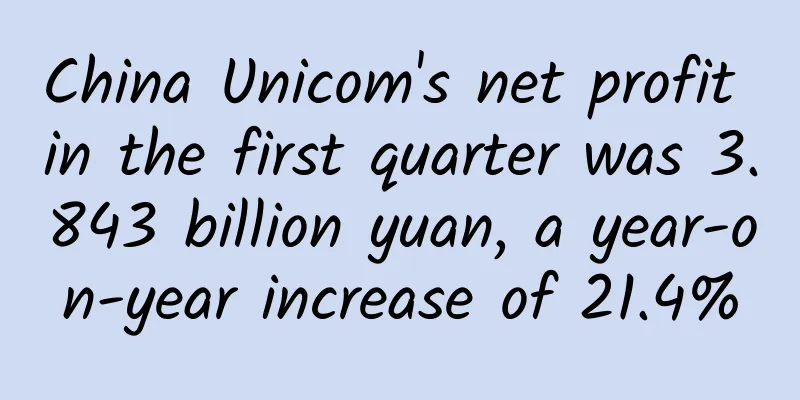What exactly is 5G security and why is it important?

|
New technologies always bring with them a lot of concerns about their negative potential, and 5G is no exception. While there are many legitimate 5G safety concerns that need to be addressed and discussed, it’s worth first dispelling the myth that 5G can cause health problems. That’s not true – 5G technology is harmless to humans. With that, we’ll discuss what 5G is, what security risks it faces, and how experts are working to ensure 5G is safe. What is 5G? 5G stands for the fifth generation of cellular mobile networks. 5G radio access network (RAN) and 5G core are very different from 4G LTE in terms of architecture and protocols. For example, 5G RAN uses new radio frequency (RF) protocols, provides wider and higher frequency band spectrum, and has an open distributed architecture. 5G core differences include:
These all represent significant changes—and while in some cases they are expected to help improve security, in others they can lead to more vulnerabilities or even a lack of visibility. Additionally, a new 5G core is needed to help deliver on the expectations that 5G promises; high-band spectrum alone will not be enough to achieve this. 5G is expected to be about 100 times faster than current 4G networks, in part because they are built on high-band spectrum rather than mid-band spectrum. The speed boost will bring upgrades to everything from cloud robotics to health care. However, a major drawback of such low-latency networks is range and penetration. Lower-power and higher-frequency signals don’t travel as far and have a harder time passing through walls, which is why it may take longer for 5G to become a standard feature of most mobile device services. However, this lag in high-band adoption has one major advantage: experts have more time to find solutions to 5G security issues. Many of the factors that make 5G so attractive, such as reduced latency and increased bandwidth, are also threats to security. Here are some of the most prominent security threats: New technology – New advances in technology often mean new problems. Given that 5G is not only new, but also very different from 4G, this means that while experts can predict some security vulnerabilities, others may not become apparent until a breach has already occurred. More access points – 5G allows for many more access points. Each additional hardware touchpoint creates another potential opportunity for an attacker to gain access to the network. This means that all access points need to be monitored both physically and digitally. Internet of Things (IoT) – 5G’s speeds are ideal for use with IoT devices. That said, an increase in connected machines could also mean an increase in 5G security risks. Smaller IoT devices like thermostats often have weaker security, and a vulnerability in one device could mean the entire system is compromised. Speed – 5G is fast enough to be considered for use in remote surgery and self-driving cars, but this also means it may be harder to track and prevent attacks. At the same time, such critical and sensitive data transmission will require a higher level of security to avoid communication disruptions, malicious behavior, or snooping/stealing of information. Disaggregated architecture – 5G’s disaggregated architecture means that network functions can run freely from the underlying system hardware, allowing for improved control and visibility. However, each of these components will need its own security measures, rather than relying on a single overarching security approach. Of course, these are just some of the risks facing 5G security. Keeping services and connected devices secure is rarely, if ever, a 100% guarantee. 5G Security SolutionsAlthough 5G networks present new and unique threats, there are already some ways to help ensure better 5G security:
For optimal 5G security, the network should be treated as a zero-trust environment and it cannot be assumed that connected devices will have adequate security or vulnerability protection. Therefore, the first step should be to ensure adequate visibility across the network through appropriate security monitoring, threat detection, and mitigation processes, even before devices are connected to the 5G network. Keeping 5G networks secure will be a collective effort involving network providers, cybersecurity experts, and customers themselves. As a second line of defense in conjunction with Zero Trust, a software security foundation for mobile and IoT devices needs to be developed in conjunction with network providers and cybersecurity companies. Even an innocuous IoT device like a smart refrigerator should be equipped with a high level of security. More importantly, precautions should be taken to ensure that vulnerabilities in smaller IoT machines do not lead to unauthorized access to sensitive information. Second, end-to-end visibility is critical to monitoring any system. This is especially necessary in 5G security because there are so many access points for malicious attackers to attack. This monitoring should extend to all layers of the network, including physical network elements and the data plane. Effective monitoring will also provide important information for understanding new attacks. Combined with mitigation procedures, this will provide more effective defense against potential intrusions. Threat analysis is a valuable way to track and even predict attacks. Ideally, these analytical systems will be able to develop preventative measures to stop the breach from happening. These programs provide important information in the ongoing process of protecting devices on 5G networks. |
>>: From CDN to edge computing, computing power evolution accelerates again
Recommend
BGP.TO Japan servers start at 35% off, Singapore servers start at 25% off, monthly payment starts at $93
BGP.TO is currently offering promotions for serve...
Cloudxtiny: £1.5/month KVM-512MB/5G SSD/100GB/UK data center
Cloudxtiny is a hosting company from the UK, prov...
Zhang Hao from Ele.me: A food delivery guy sent by AI
[51CTO.com original article] On July 21-22, 2017,...
2021 China Internet Haha List 2: Top Ten Events
In 2021, the Internet industry has emerged with m...
10 steps to improve application and network performance
If you work in a network operations team, you kno...
5G will redefine the products and services of telecom operators
[[388868]] There is a seemingly endless list of 5...
RackNerd: $20.88/year KVM-2GB/40GB/5TB/Los Angeles data center
RackNerd has launched two more FLASH SALE package...
Supply Chain Management Is Critical to SD-WAN
SD-WAN is not an all-encompassing solution; it is...
RackNerd: $14.89/year KVM-1GB/20GB/3TB/Los Angeles MC Data Center
RackNerd is a foreign VPS hosting company founded...
Nielsen: 5G enters a period of accelerated development, new scenarios give rise to new consumer demands
Recently, Nielsen, a global monitoring and data a...
Serverless Engineering Practice | Tips for Optimizing and Debugging Serverless Applications
Tips for debugging serverless applications During...
By 2028, the global 5G infrastructure market will reach US$80.5 billion
[[417378]] According to data released by market r...
My girlfriend suddenly asked me what DNS is...
[[357457]] This article is reprinted from the WeC...
Sharing of practical experience on routing technology pitfalls, have you learned it?
With the rapid development of information technol...
NDRC: Strengthen new infrastructure such as 5G and industrial Internet to promote integrated innovation of technologies such as AI
At 10 a.m. on March 23, 2020, the Joint Preventio...









